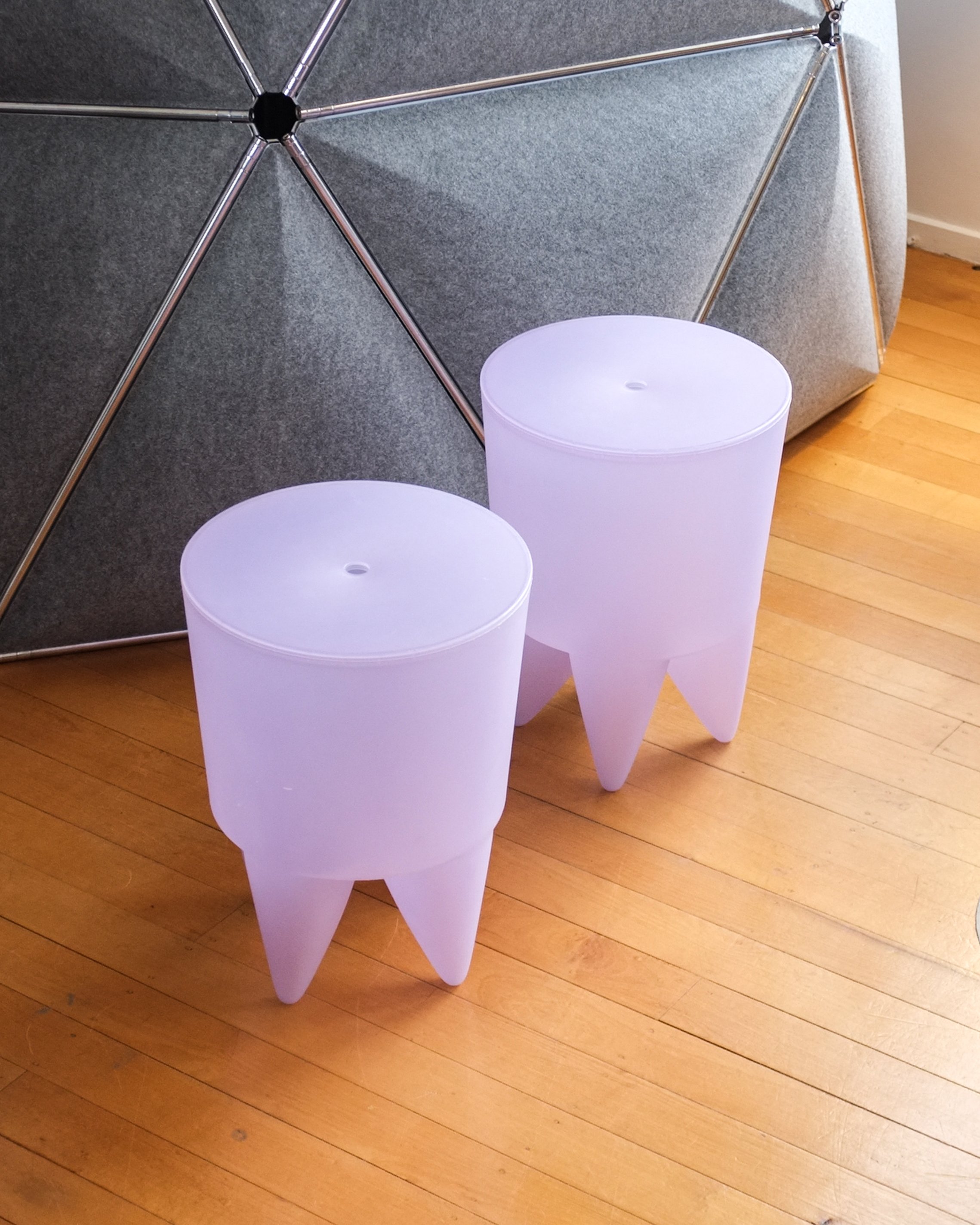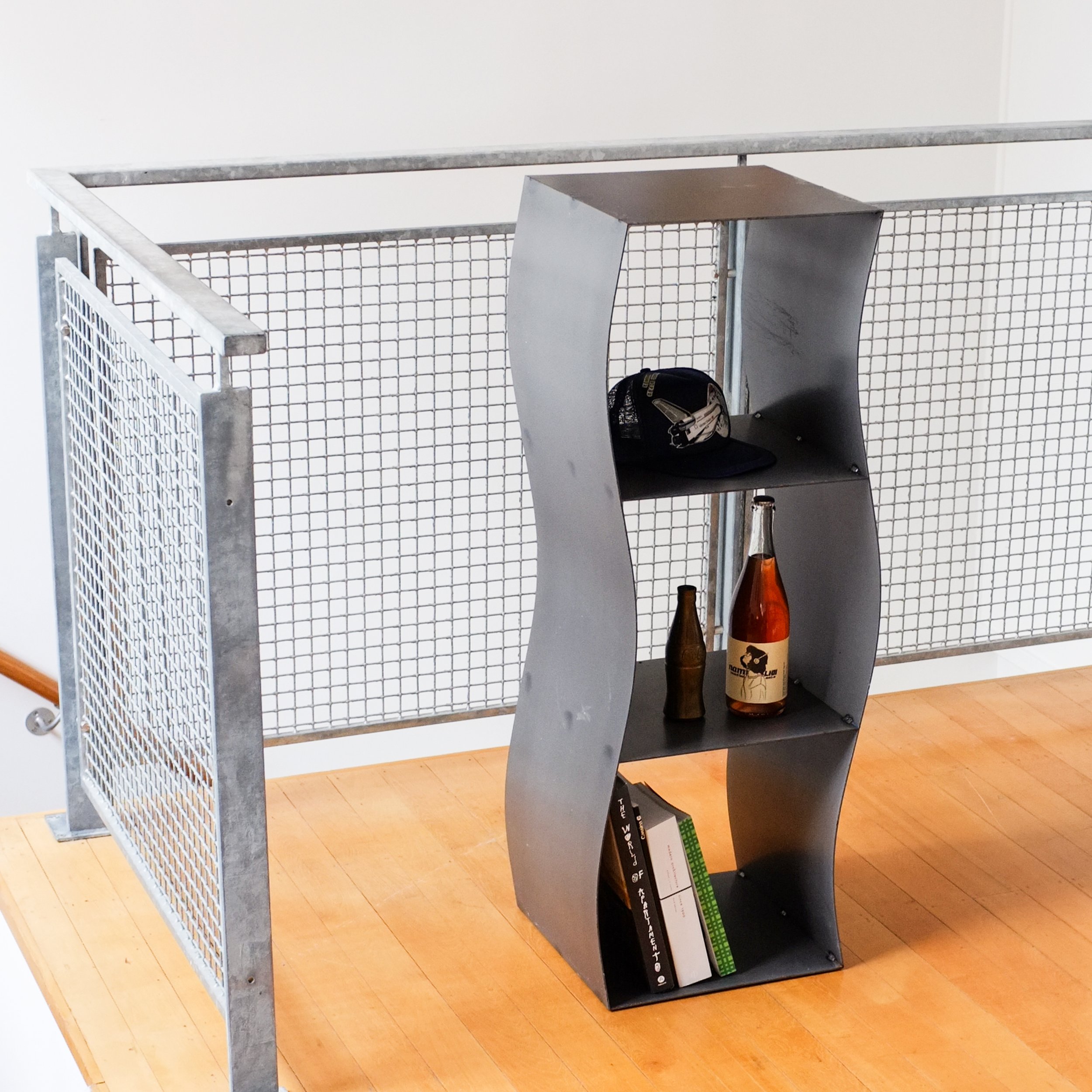RED 'UTILITY' STOOLS by CAROMA
Designer: Charles Rothauser & Bruce Thompson
Maker: Caroma - Australia
Year: 1967 (More recent edition)
Size: D/W 300 x H 450
Condition Report: Good vintage condition. Slight wear and marking inline with age. Reach out for detailed images of each.
.
Price is per stool, we have 5 available.
Caroma is a local company which quickly gained a reputation for the innovative use of plastics. The ‘Utility’ stool became synonymous with the brand since its introduction in 1967. Although primarily intended for use in bathrooms, it has now evolved to uses in all areas of life, especially in more public spaces.
These stools are moulded in two sections which lock at the centre, each section has a protruding semi circular tongue which slots into a similar shaped cavity at the centre.
Designer: Charles Rothauser & Bruce Thompson
Maker: Caroma - Australia
Year: 1967 (More recent edition)
Size: D/W 300 x H 450
Condition Report: Good vintage condition. Slight wear and marking inline with age. Reach out for detailed images of each.
.
Price is per stool, we have 5 available.
Caroma is a local company which quickly gained a reputation for the innovative use of plastics. The ‘Utility’ stool became synonymous with the brand since its introduction in 1967. Although primarily intended for use in bathrooms, it has now evolved to uses in all areas of life, especially in more public spaces.
These stools are moulded in two sections which lock at the centre, each section has a protruding semi circular tongue which slots into a similar shaped cavity at the centre.
Designer: Charles Rothauser & Bruce Thompson
Maker: Caroma - Australia
Year: 1967 (More recent edition)
Size: D/W 300 x H 450
Condition Report: Good vintage condition. Slight wear and marking inline with age. Reach out for detailed images of each.
.
Price is per stool, we have 5 available.
Caroma is a local company which quickly gained a reputation for the innovative use of plastics. The ‘Utility’ stool became synonymous with the brand since its introduction in 1967. Although primarily intended for use in bathrooms, it has now evolved to uses in all areas of life, especially in more public spaces.
These stools are moulded in two sections which lock at the centre, each section has a protruding semi circular tongue which slots into a similar shaped cavity at the centre.









